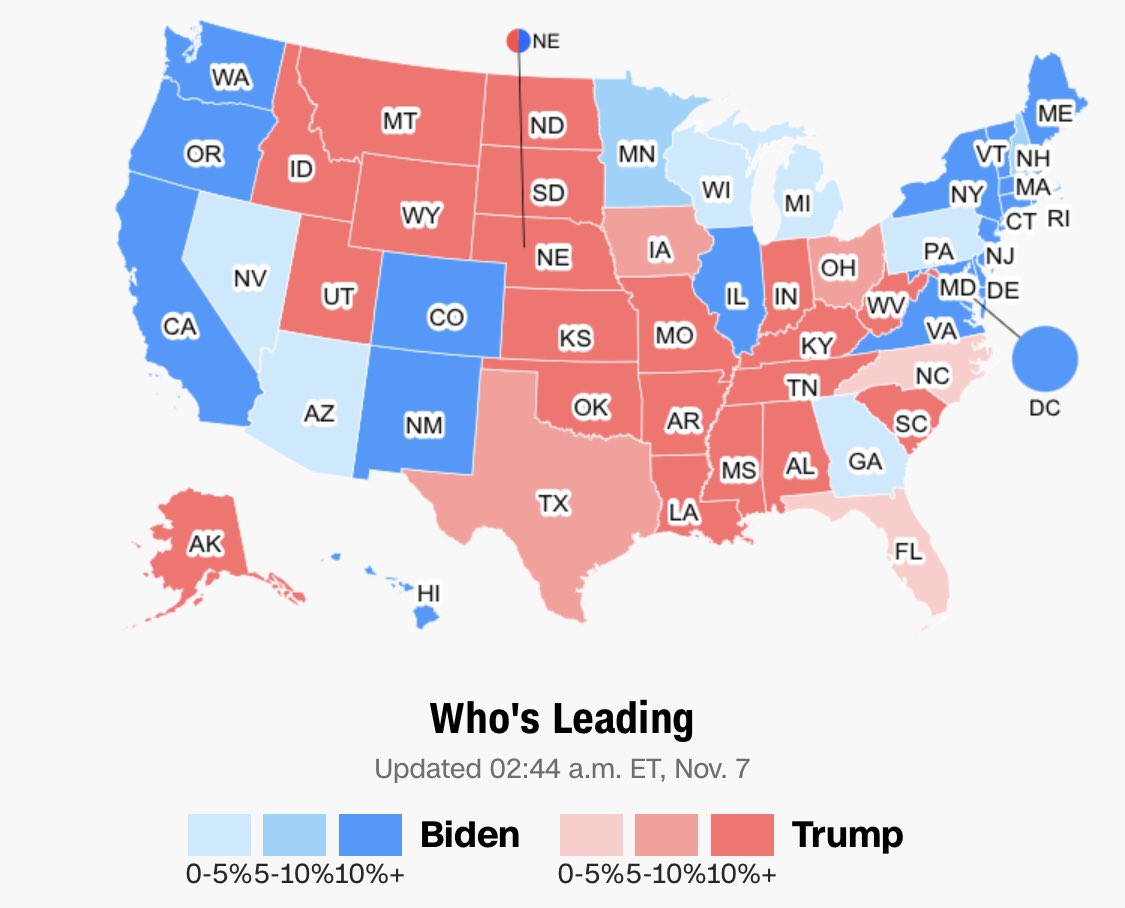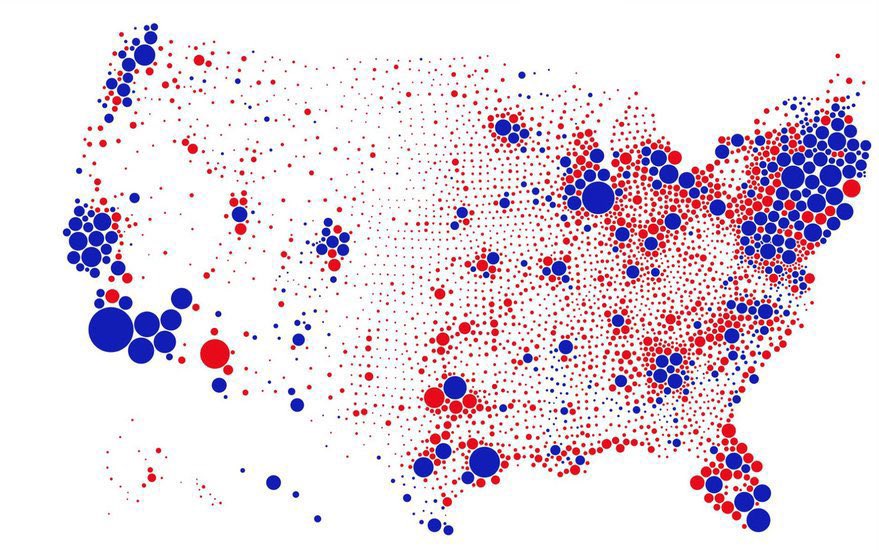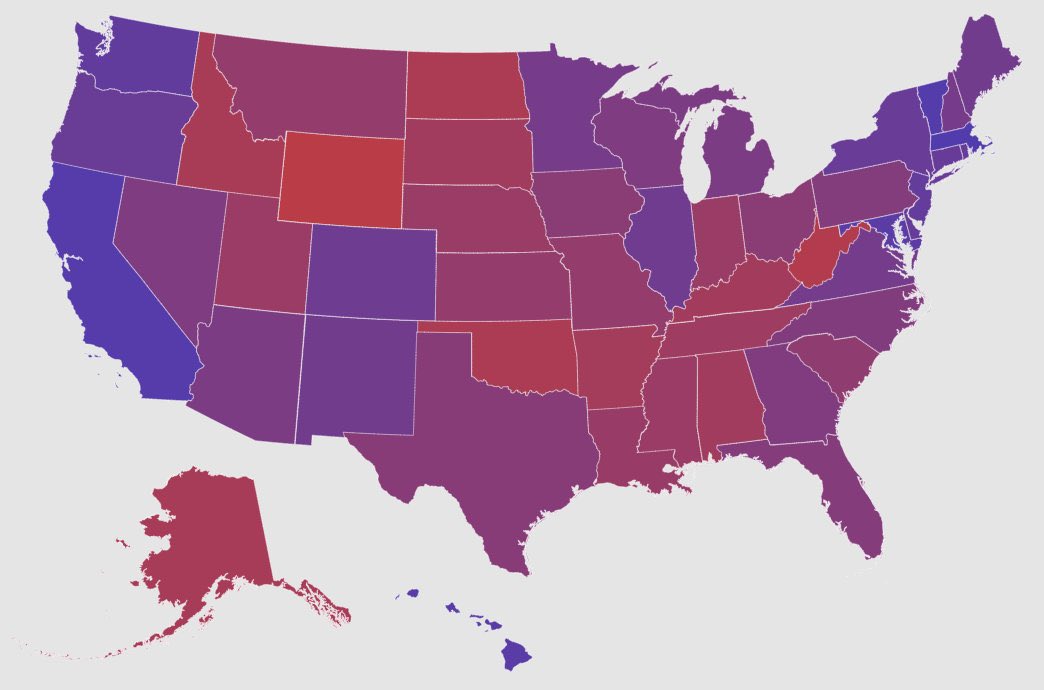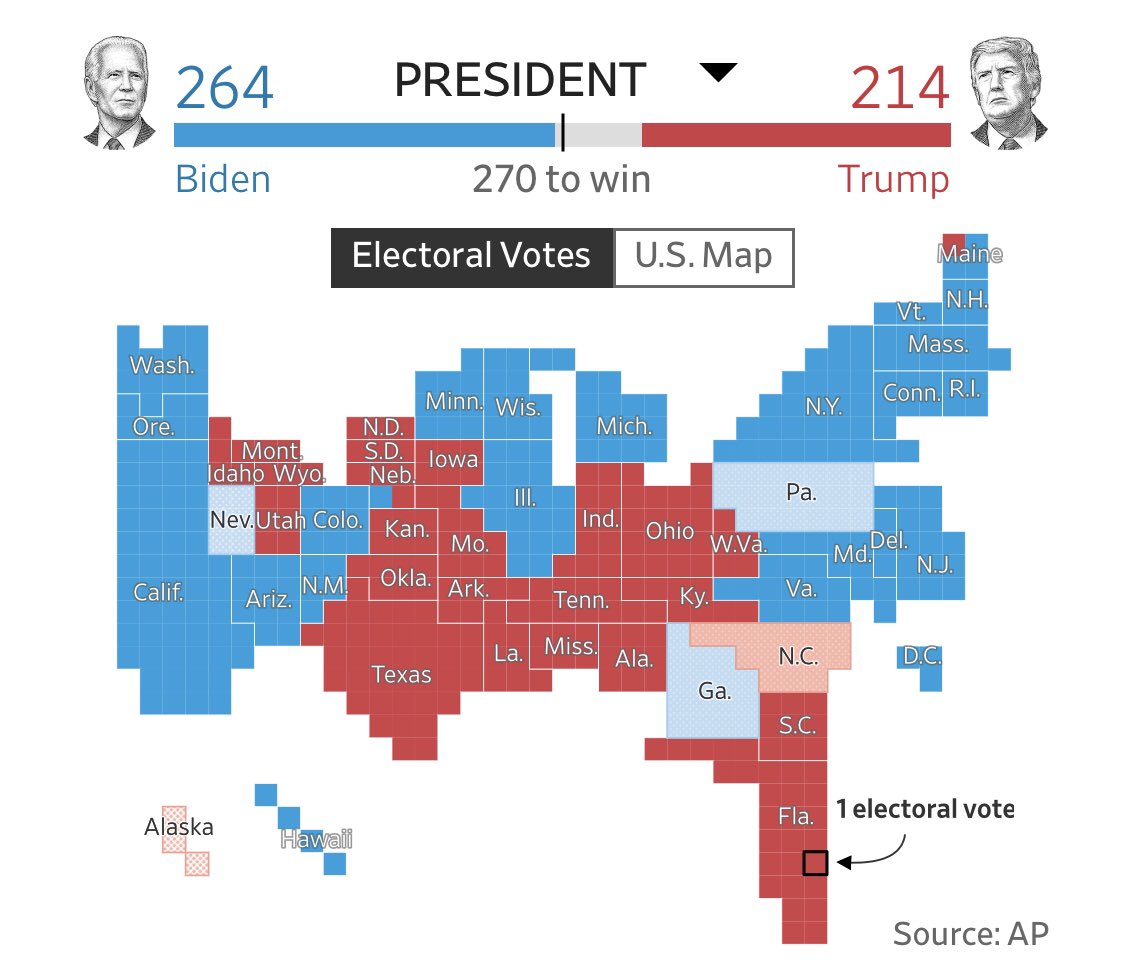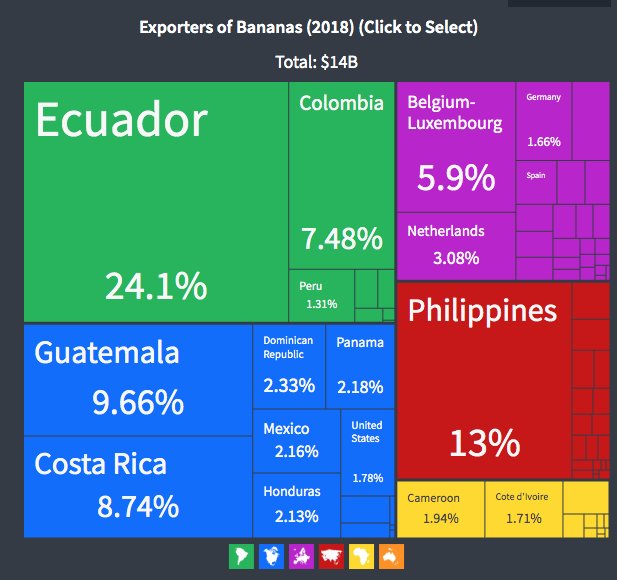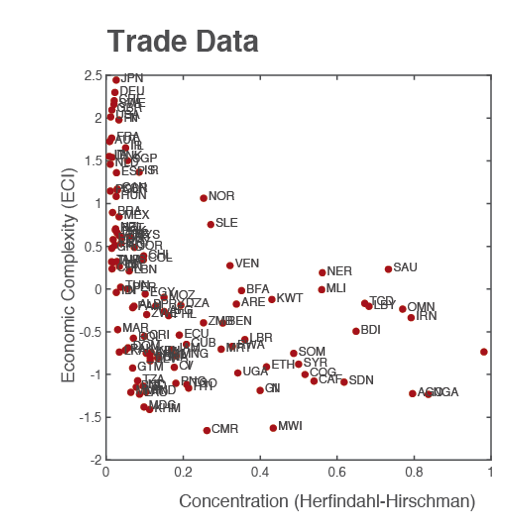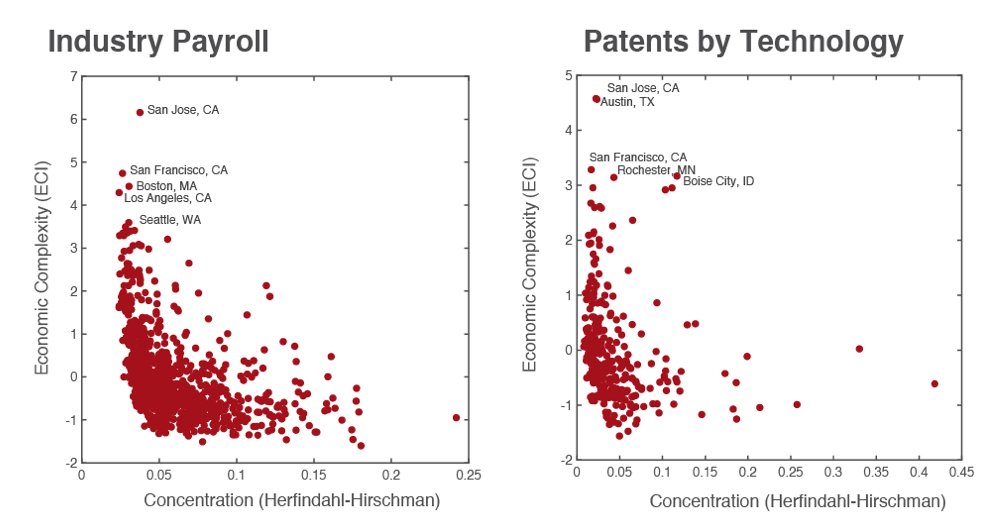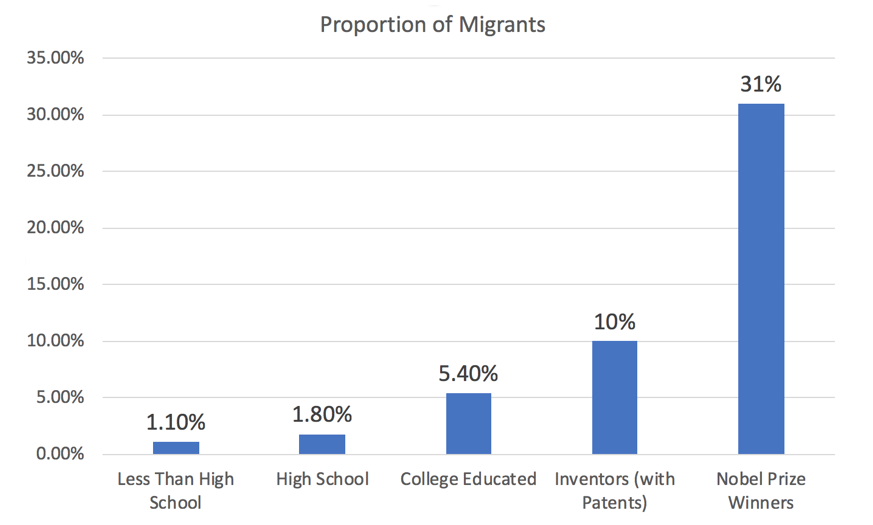
This semester I had the pleasure to teach data visualization studio at an elite US university. Many students were interested in social justice (being 2020 in the US). Yet, many approached the topic in a way that was a bit naive ... (thread🧵) /1
Their instincts were to create projects that "brought attention to the issue." But since this was a hands-on class, where students had to build instead of arguing, we had to push them beyond these first instincts. /2
The class required them to go beyond stating the problem, or assigning blame. They not only had to suggest a solution, they had to implement it. And in that act of making, is where the deepest lessons took place. /3
One group of students created a recommendation tool focused on the diversity of books and reading lists. This was a great idea, but also, one that required them to implement things that were uncomfortable to them. /4
Building required creating a visual language to represent categories such as race and gender, not just criticizing how other people did it. The students also wanted to show intersectionality, which was also challenging. /5
Doing the project was much harder than advocating for its need. The exercise required them to go beyond the narrative of what others should do. It required them to lead by example, by making concrete choices for both, the visual language and the user interface. /6
And in that process, they made decisions that they would themselves then criticize. They made choices that made them uncomfortable, and that invited them to think about alternatives, trade-offs, and compromises. /7
This made them realize that what they saw in the world was not a mere reflection of other people's intentions or values. That even with good intentions, it is hard to get things perfect. /8
So the true lesson was not on graphic design or programming. These are talented students that already had a great technique. It was a lesson on perspectives, that can only be taught through the art of making. /9
Other groups went through a similar process. Empowering them to implement a solution led them to reach to multiple people in the problem spaces they were working on, and developed a more nuanced understanding of the issues they were concerned about. /10
In academia we focus so much on what we can learn with our eyes and ears, that we forget that some of the most important lessons can only be learned with our hands. /11
It is our hands that are limited. It is our ability to make what frustrates us. And it is that frustration, the one that comes from trying your best, and still falling short, the one that is the true master. /12
So in these difficult times, when everyone has an opinion, but few are willing to adventure solutions, that we need to remember the value of building in learning. /13
We have a saying in Chile: criticizing a musician is easy, but it is more difficult "when you have a guitar in your hand." It is our hands the ones that teach us humility, and it is that humility what teaches us understanding. /14 _END
• • •
Missing some Tweet in this thread? You can try to
force a refresh

